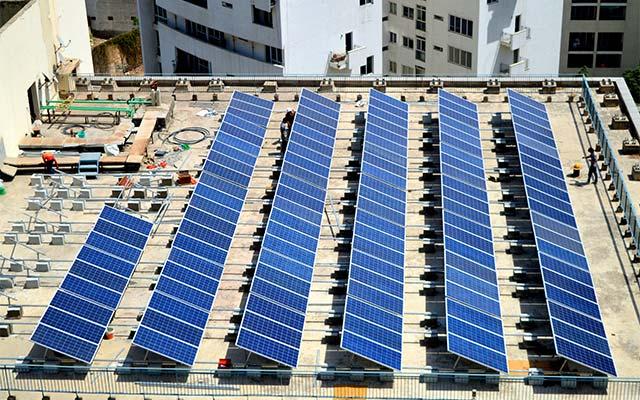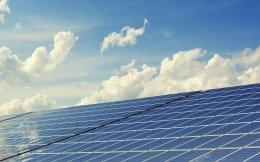As part of its green energy efforts, India on Monday unveiled its action plan to integrate the renewable energy sources with the national electricity grid.
This comes in the backdrop of the world’s worst grid failure in 2012 which left around 620 million Indians without electricity.
A government committee has recommended a 15-point plan to facilitate large-scale integration of renewable energy in the country in a secure and reliable manner. It has recommended measures such as keeping adequate generation reserves, forecasting, and scheduling, among others. Also, an ancillary services operation for frequency and voltage control meant for a reliable national grid was launched.
India has set a target to achieve 175 gigawatt (GW) of renewable power generation capacity by 2022 requiring a $160 billion investment. Of these, 100GW is the solar power target and 60GW will come from wind power generation. Given the infirm nature of electricity generated from these sources as solar power and wind power can only be harnessed when the sun shines and the wind blows, an effective and safe grid solution is required.
“When you have a huge integration of renewables, there are expectations of some challenges to be overcome. The problems likely to be faced seem to have been identified in the report,” said former power secretary P. Umashankar commenting on the report.
In terms of the success of the integration plan, Umashankar said: “This has to succeed. The plan is to see that renewable energy is smoothly and seamlessly integrated and made usable to people.”
According to the government, the 2012crisis was due to weakened inter-regional links, over loading of available links, inadequate protection systems and, “response by state load despatch centres (SLDCs) to instructions of regional load despatch centres (RLDCs) to reduce overdrawal by the NR (northern region) utilities and underdrawal by the WR (western region) utilities”.
India’s power, coal and renewable energy minister Piyush Goyal while releasing the report on Monday termed it “to be a game changing report which will set up unparalleled benchmarks in the world”.
India has an installed power generation capacity of 288,665 megawatt (MW), of which renewable energy comprises around 13%, or 38,821.51MW. In December 2013, the southern regional grid was connected with the then integrated grid. While this has resulted in one of the largest grids in the world, any system disturbance in one part of the country, unless checked has the ability to impact the national grid.
“The initiative undertaken by the committee would not only lead to smooth and secure grid operation with large-scale integration of renewable but is also environment friendly and would help in fulfilling our commitment to green and clean environment. It would reduce the carbon footprint and help in meeting our commitment towards reduction in carbon emission,” the government said in a statement.
India has been trying to bolster its credentials as the global clean energy champion and has pledged to reduce emissions at the United Nations Climate Change Conference in Paris. It has also taken the lead in championing the cause of solar power with International Solar Alliance of 121 member countries, including the US, France, Japan and China, to be headquartered in India.






